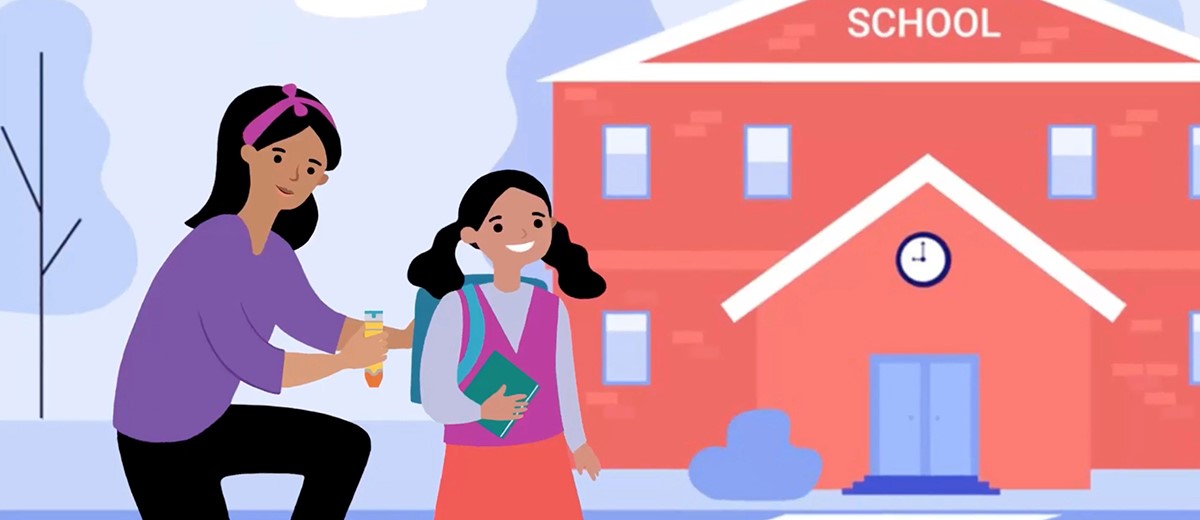Watch our School Nurse Guide to Food Allergies Video HERE.
When most people think of food allergies in the school setting, they typically assume it's all about nuts. While peanut allergy diagnoses have tripled in the past 15 years and they remain the leading cause of death due to food-related anaphylaxis in the United States, any food can trigger an allergic reaction, and schools must be prepared to support and advocate for all students with food allergies. It is estimated that two kids in every classroom have a food allergy and more than 40% of children with food allergies have experienced a severe reaction such as anaphylaxis, a life-threatening emergency. With school nurses in the lead, caring for students with food allergies in the school setting and establishing emergency preparedness for anaphylaxis, should be a collaborative approach that provides optimal physical safety and emotional support.
Create, Update or Get Familiar with the School Policy
Every school should have a detailed food allergy management policy that is in line with both federal and state guidelines and protects the safety of students while also being inclusive and supporting their social and emotional health. Students with food allergies should not be excluded from participating in any school-related or extra-curricular activities and, if necessary, appropriate accommodations should be provided.
Educate the School Community
Many people confuse food allergies with food intolerances and may be misinformed on food allergy reactions, signs and symptoms, and appropriate prevention strategies. It is the school nurse’s responsibility to provide annual education to faculty, staff, students, parents, as well as after-school staff and coaches that includes what a food allergy is, signs and symptoms of a reaction, details on anaphylaxis, prevention protocols, and initiation of emergency response. For more information, check out our SCHOOL NURSE GUIDE TO FOOD ALLERGIES VIDEO and use it to enhance your school’s food allergy education and advocacy. Other great educational resources:
- Food Allergy Research and Education (FARE)
- Centers for Disease Control and Prevention (CDC)
- Reach out to local Pediatric Hospitals, Allergists, or Pediatricians–often, they are willing to give presentations or materials to schools.
Be Prepared for Emergencies
Despite the best prevention measures, allergen exposures can still occur at school. Furthermore, studies have shown that a significant number of anaphylactic events that occur at school involve students with no known allergies. Anaphylaxis is an acute, severe reaction that, if left untreated, can result in death. Treatment without delay is required and schools should be prepared by:
- Reviewing student’s individual Emergency Action Plans
- Knowledge and readiness around epinephrine and using auto-injectors
- If possible, securing “stock”, or “undesignated” epinephrine. Laws vary by state, so make sure you are in compliance. Prescriptions are often written by local healthcare providers, school medical officers, or qualified public health officials. Get some free by enrolling in the Epipens4schools program.
Learn more
- The Safe Snack Guide is updated frequently and can help determine “safe” foods or snacks for students at school.
- Oral immunotherapy–what you need to know.
- Order trainer epi pens for school staff to practice.
- Shop more of MacGill’s selection of allergy-related products.
Food allergies require vigilance and can be extremely stressful for parents, students, and school staff. Through education, advocacy, preparation, and implementation of evidence-based practices and policies, the school nurse can promote a safe, supportive, and inclusive school environment that can alleviate some of the worries and keep kids healthy and ready to learn.





